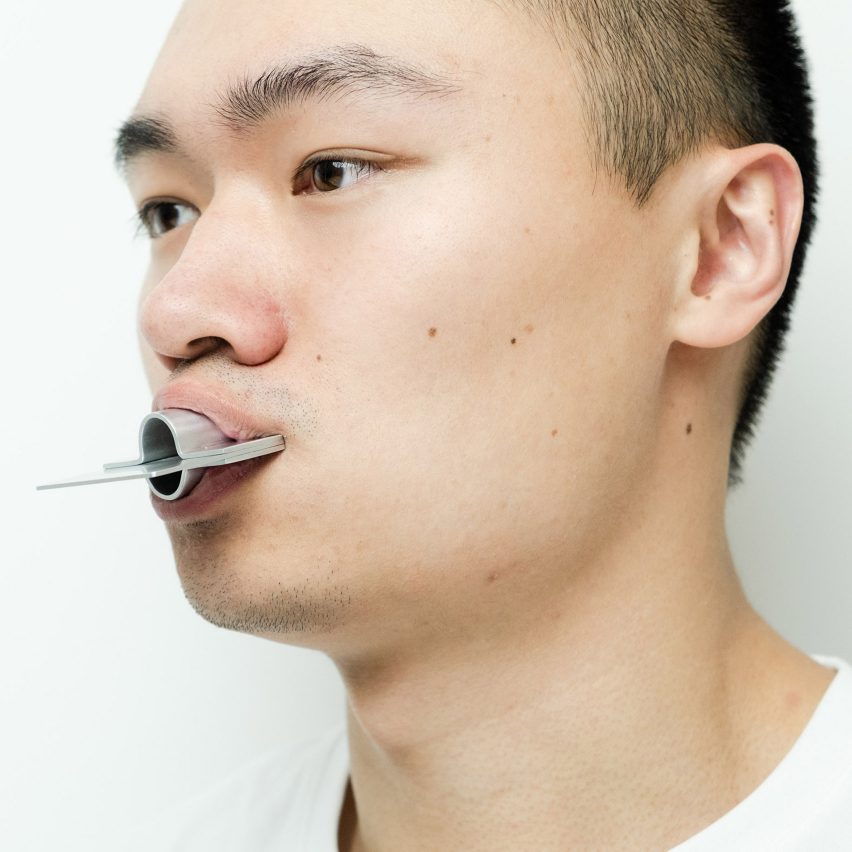
Rhode Island School of Design student Yangyang Ding has created a series of metal instruments to help Mandarin speakers pronounce difficult English sounds.
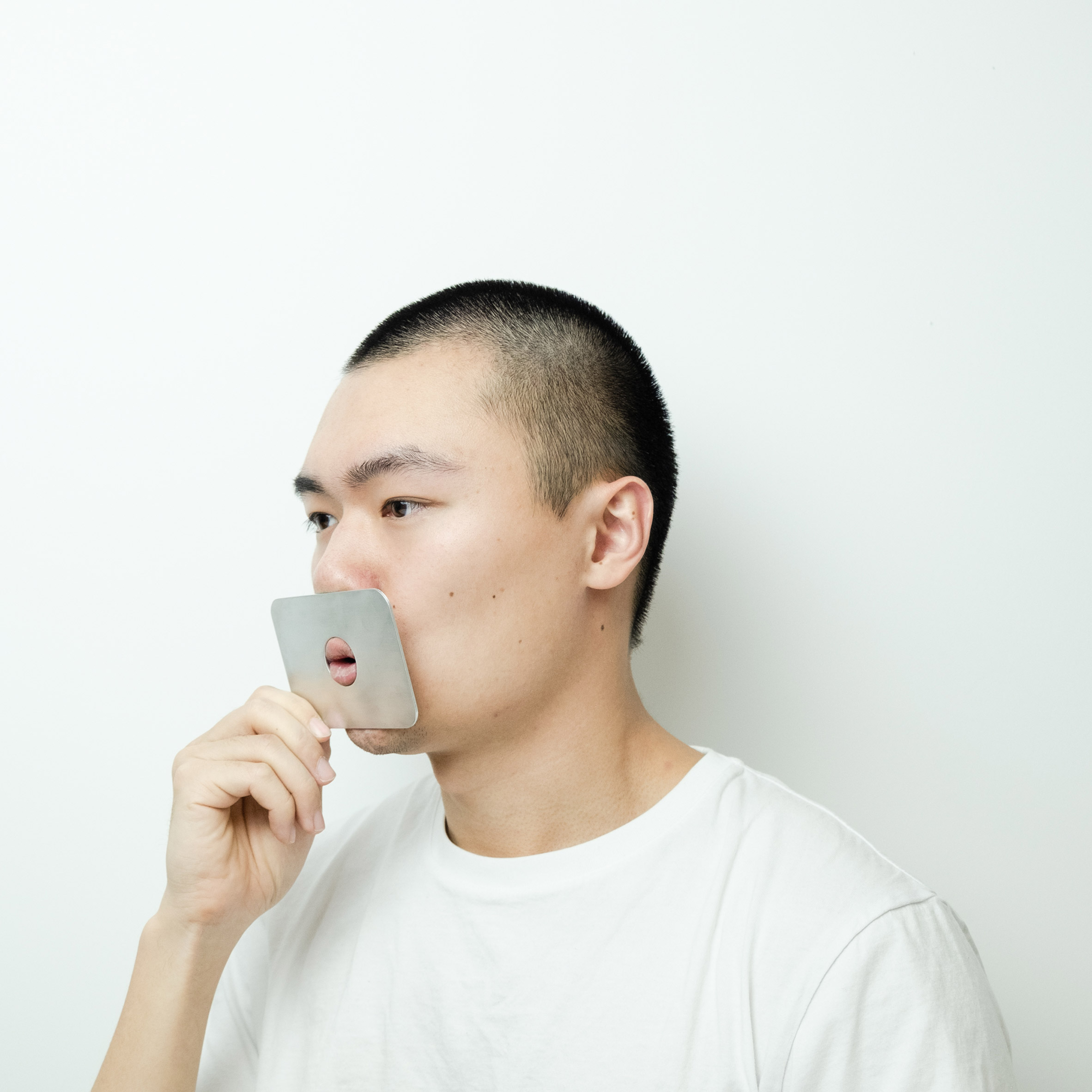
The 12 pronunciation tools, some of which are adapted from dental instruments, wrap around the jawline, press down the tongue or curl lips in various ways depending on the intended phonetic sound.
"This set of tools is designed to dissolve the difference between Chinese and English pronunciation," the industrial design student said.
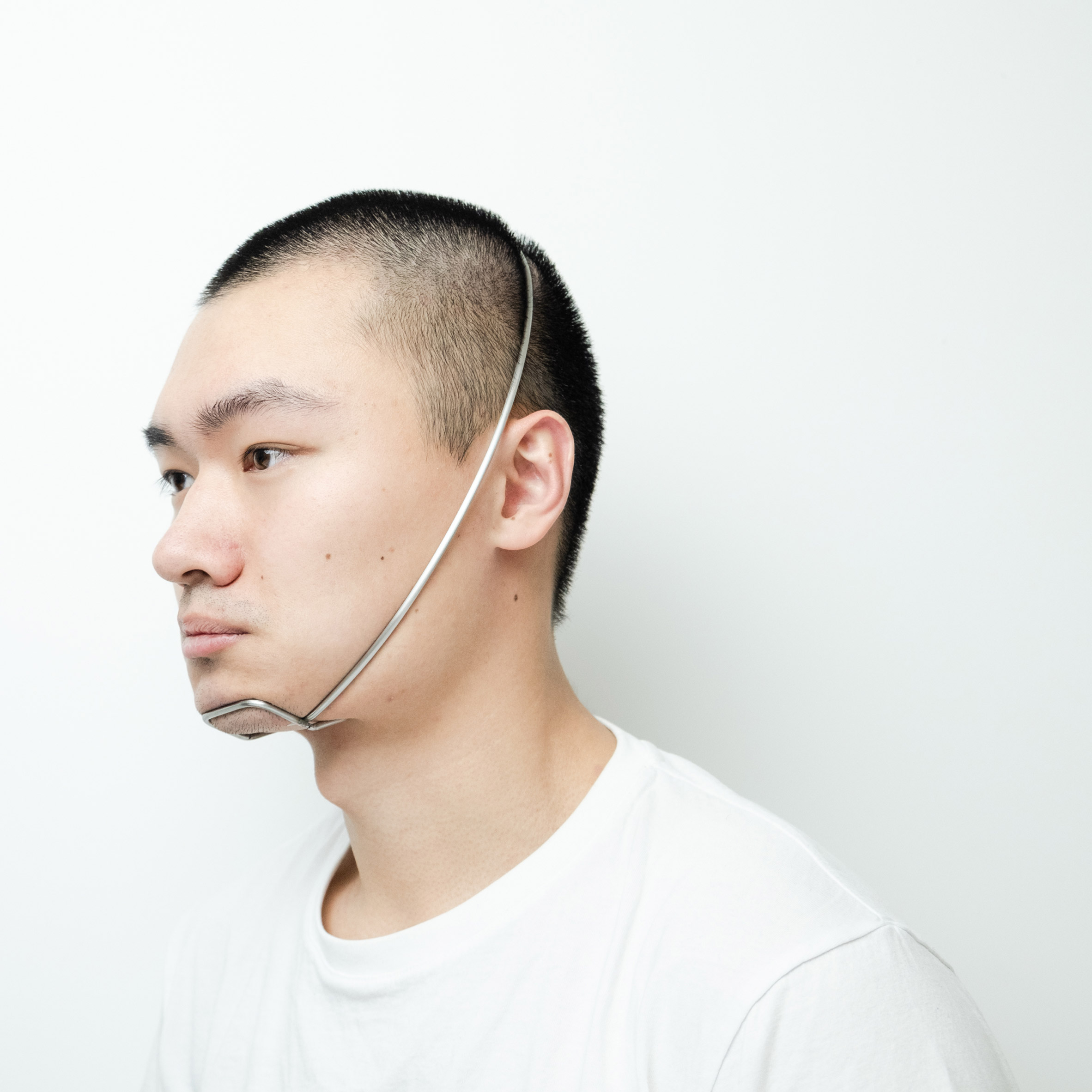
"The tools focus on dealing with the relationship between lips, tongue and the front side of the upper and lower jaws."
Each tool corresponds to a specific English phoneme, or unit of sound. When worn, it automatically correct the speaker's mistake.
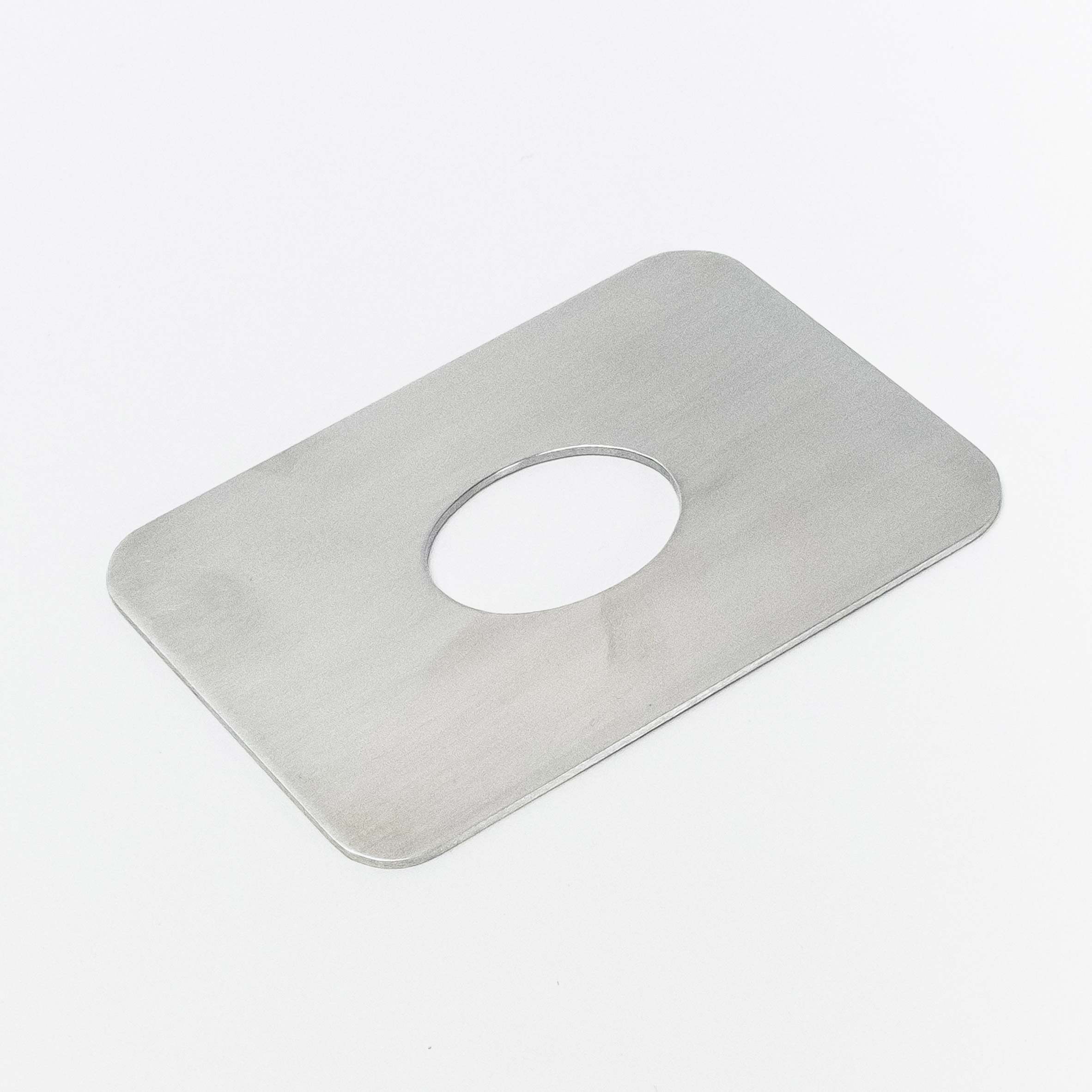
"The difficulties of pronouncing individual English words, compounded by problems with intonation, result in the heavily accented English of many Chinese learners," Ding said.
Certain English phonetic and intonation patterns are particularly difficult for native Chinese speakers to pronounce because they don't exist in Chinese, according to Ding.
The designer said that one of the common difficulties is pronouncing the "v" sound, as there isn't a similar one in Mandarin. A curved piece of metal wedged between the upper teeth and lower lip align the mouth to create the correct mouth shape to produce the sound.
To correct errors in the pronunciation of middle central vowel sounds – as found in words like love – speakers wear a metalhead and chin strap. This locks the jaw into place to prevent the mouth from naturally opening wider than needed.
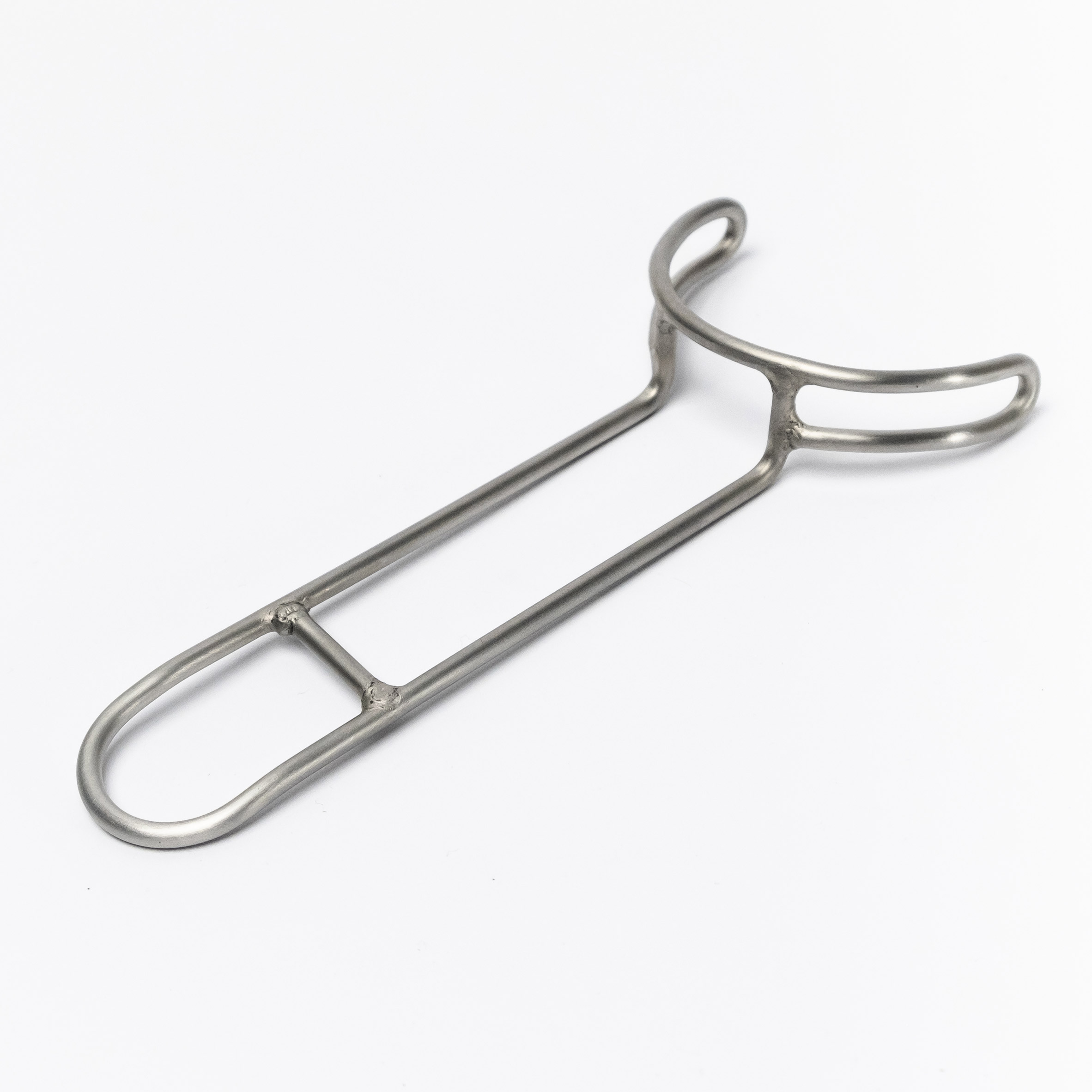
Another instrument helps to fix words with short vowels sounds, like the "I" sound in the word lit. The small rectangle has an ellipse cutout in its centre. The circular hole creates an outline or guide for the speaker's lips to form around, which results in the correct pronunciation.
One of the objects is adapted from a dentist tool. It comprises a long handle that inserts it into the mouth, while a curved metal brace covers the teeth.

This form keeps lips in an elongated ellipse shape to make it easier to say the "eI" sound used in words like strange.
Other projects that experiment with sound and voice include a gadget by Royal College of Art graduate George Philip Wright that transform the user's voice into musical instruments and a wearable headset for blind people that sends three-dimensional sound information to make cities easier to navigate.
The post Yangyang Ding designs metal tools to help Mandarin speakers pronounce English sounds appeared first on Dezeen.
from Dezeen https://ift.tt/2UK6ve4

No comments:
Post a Comment